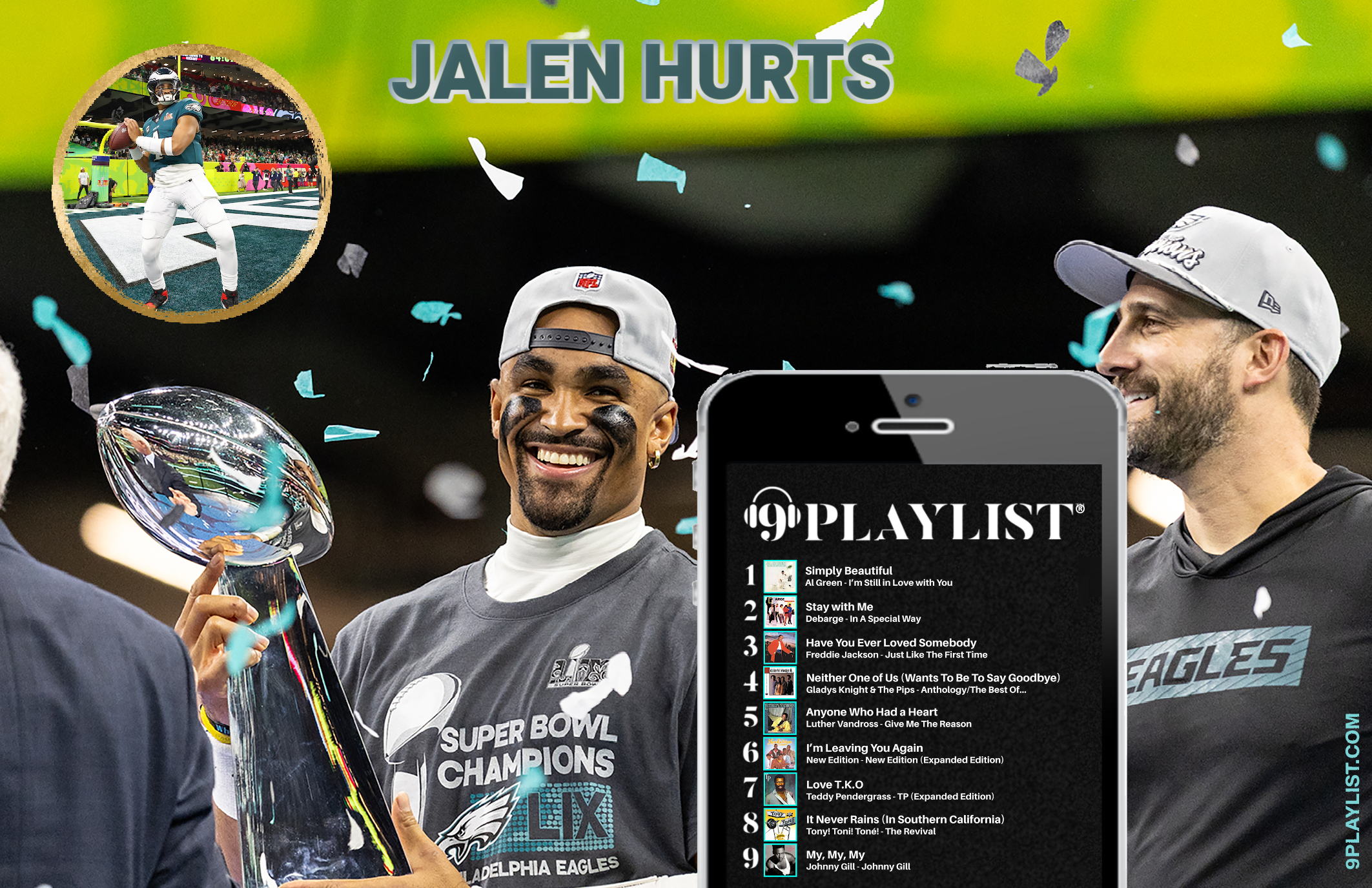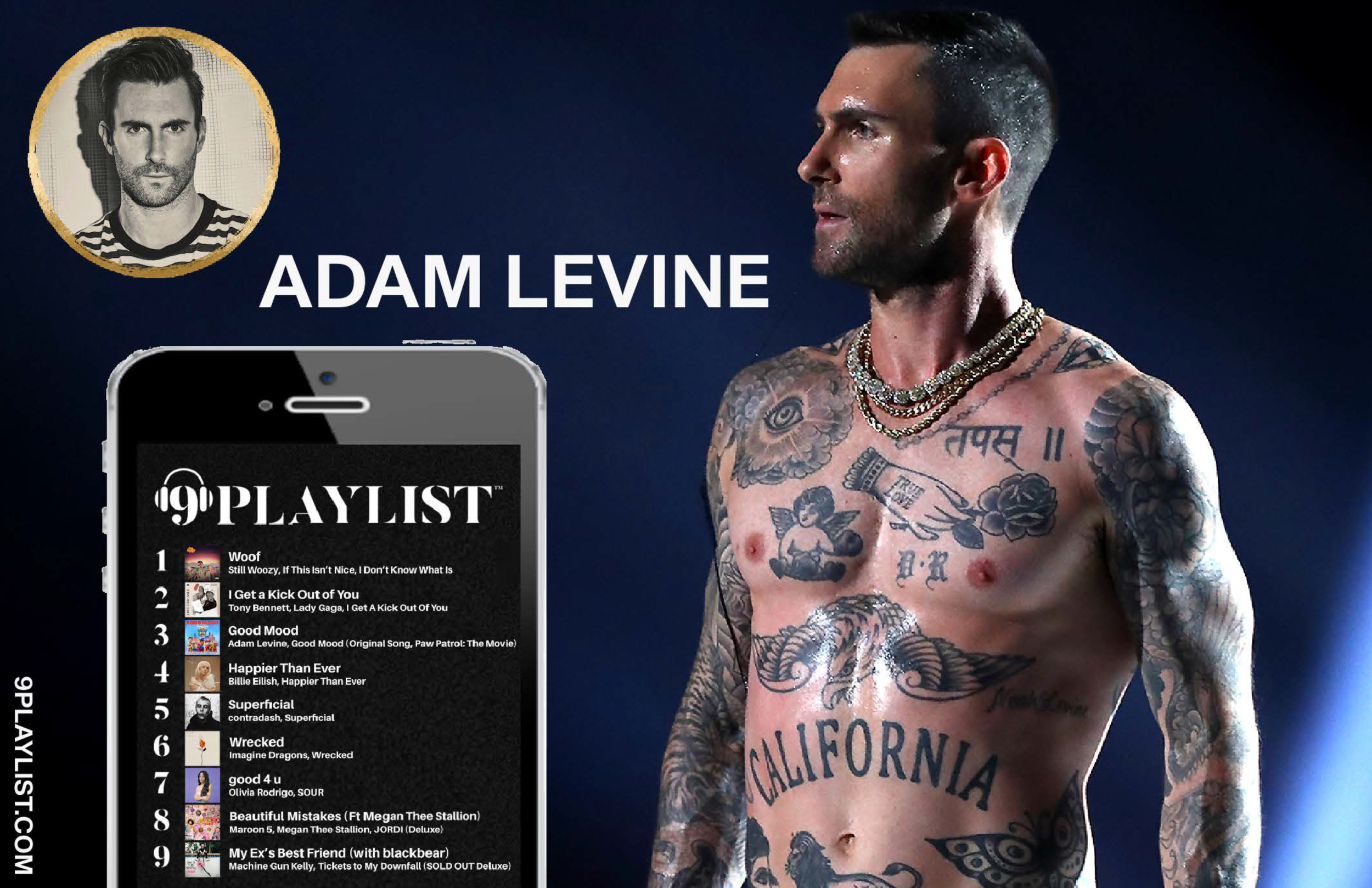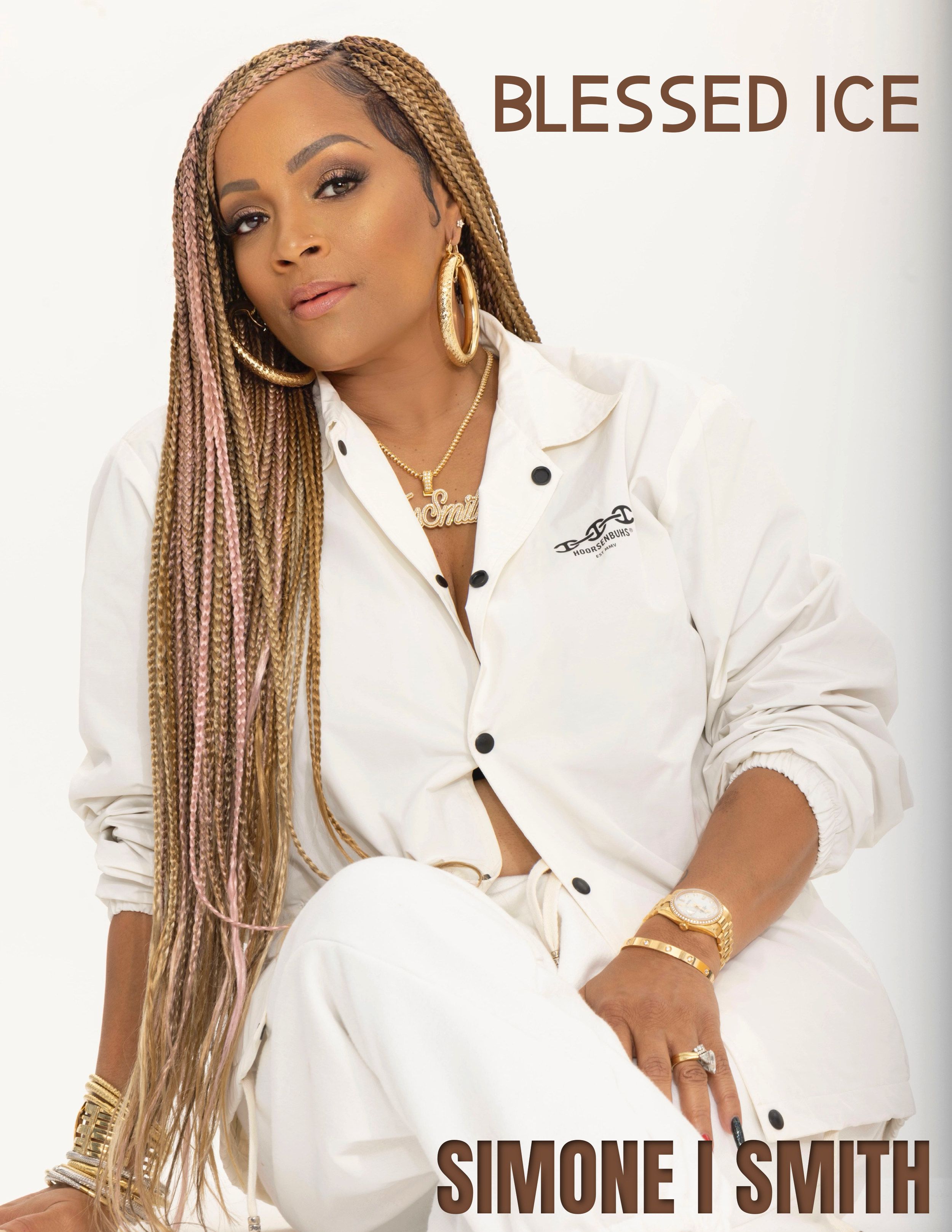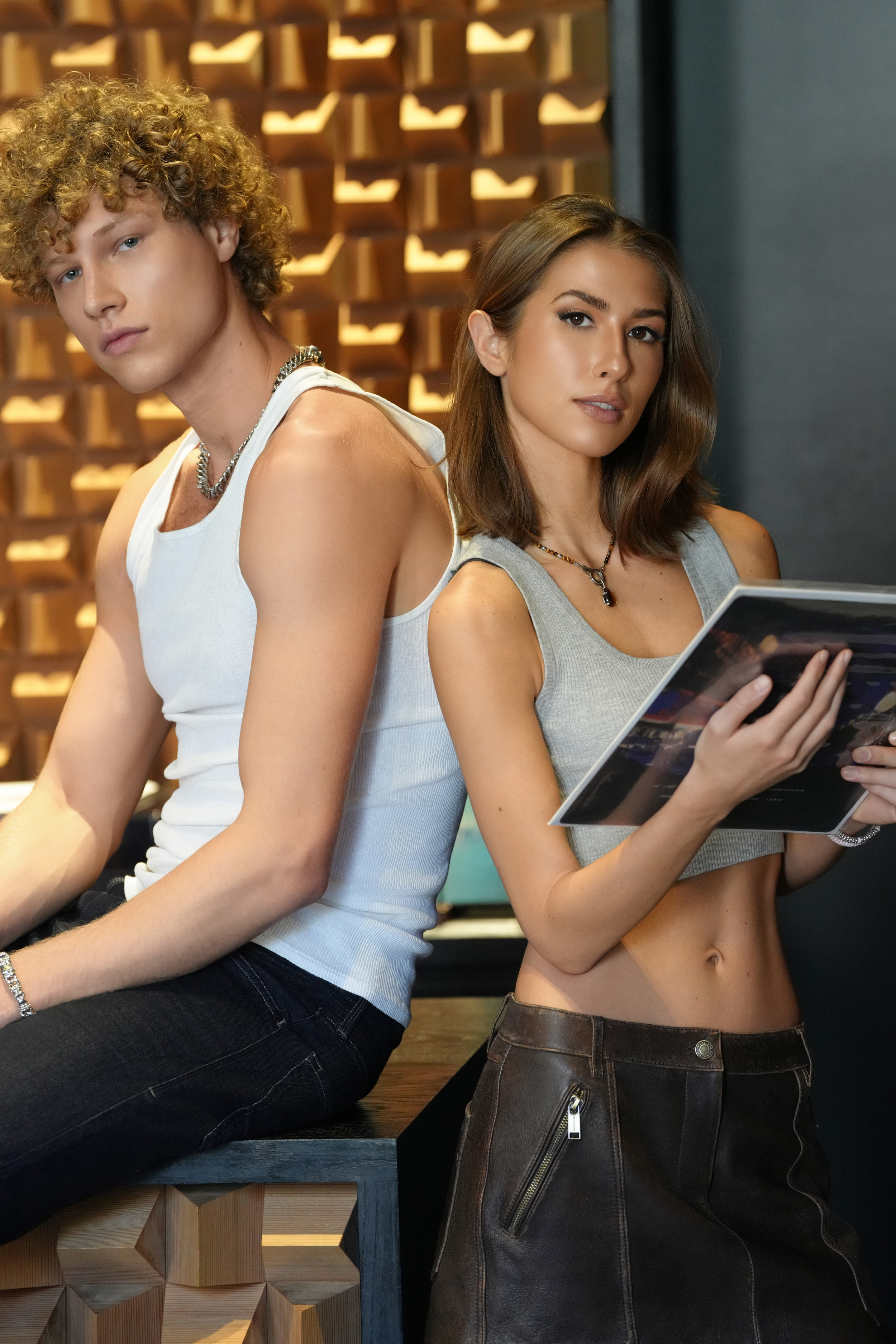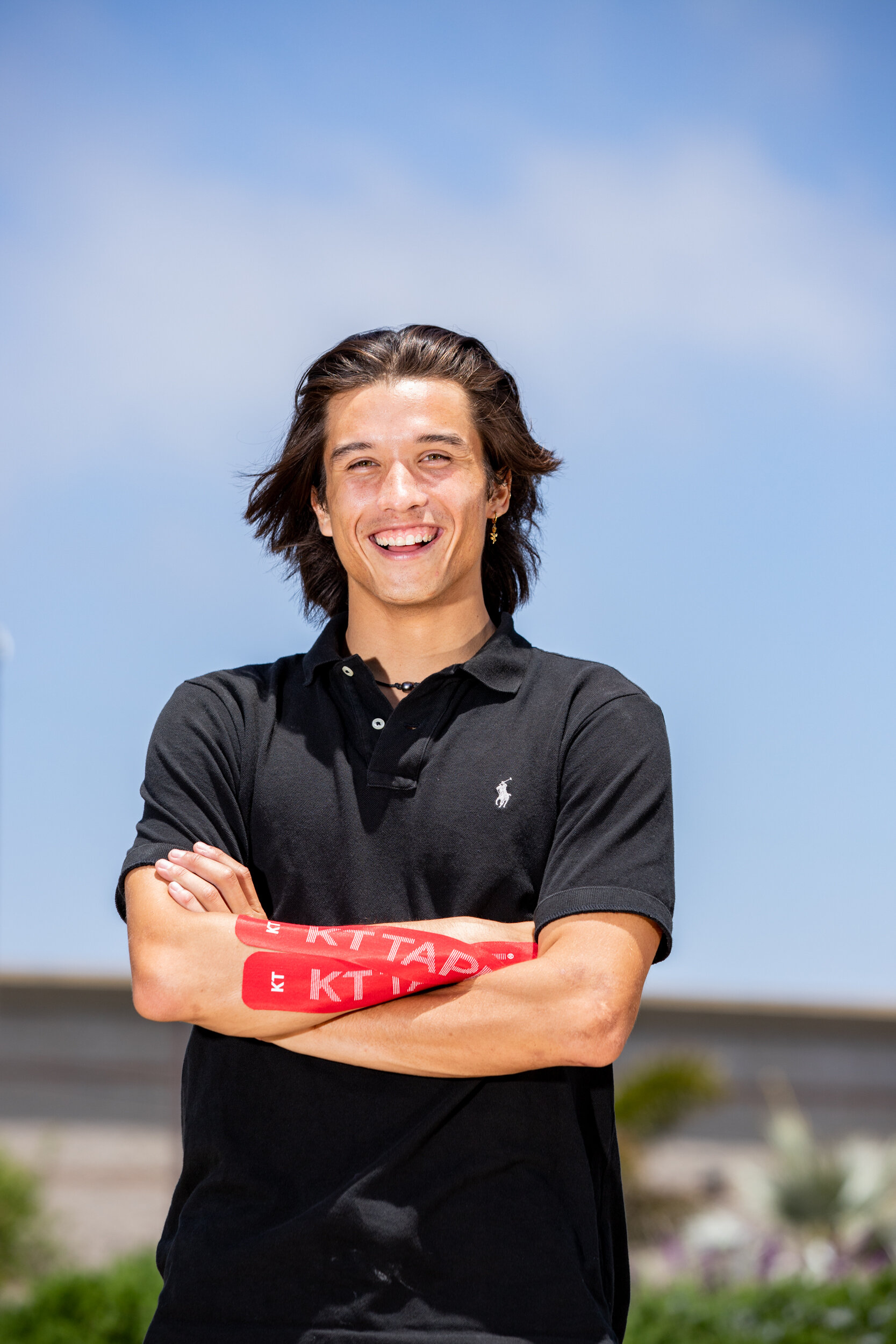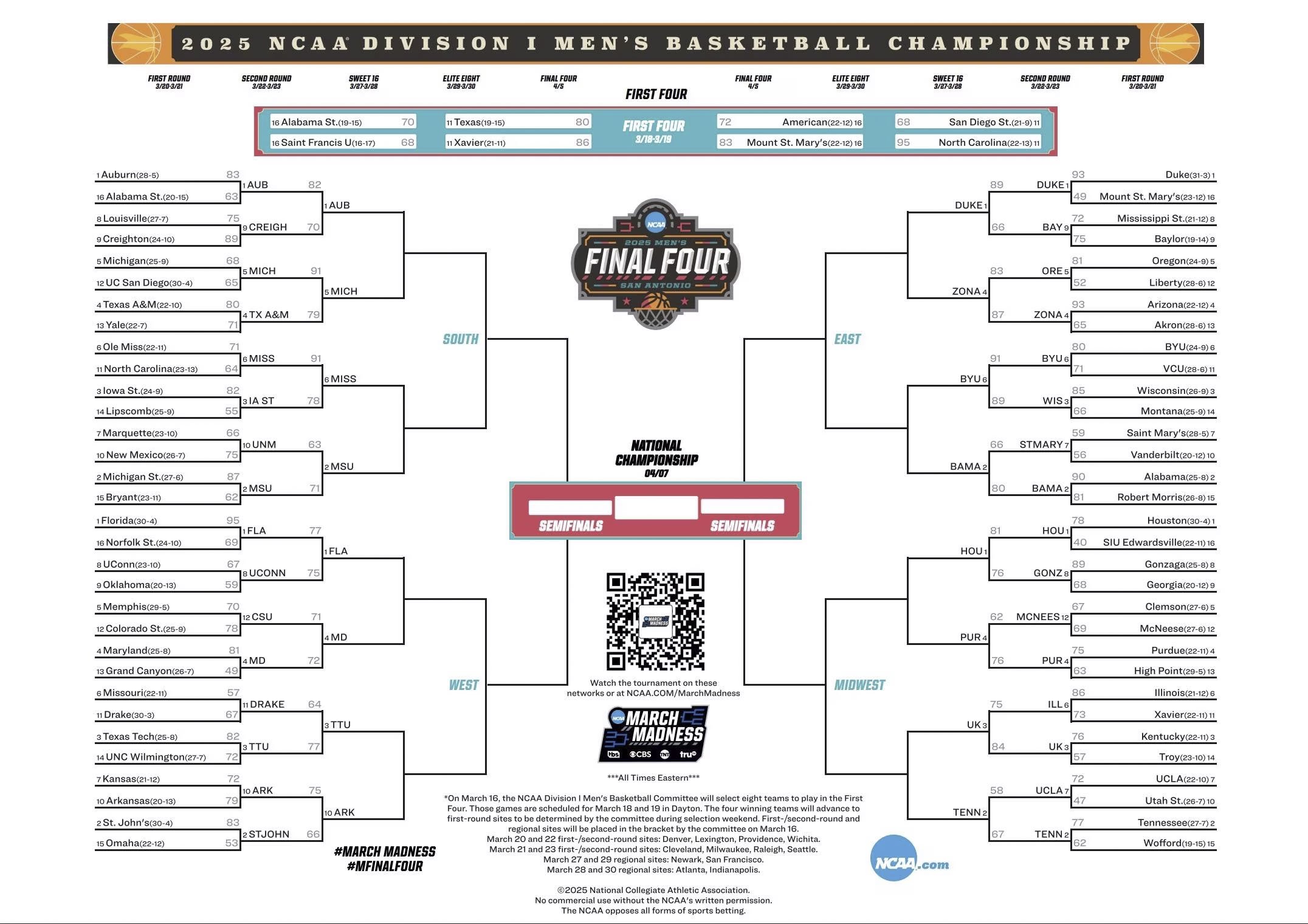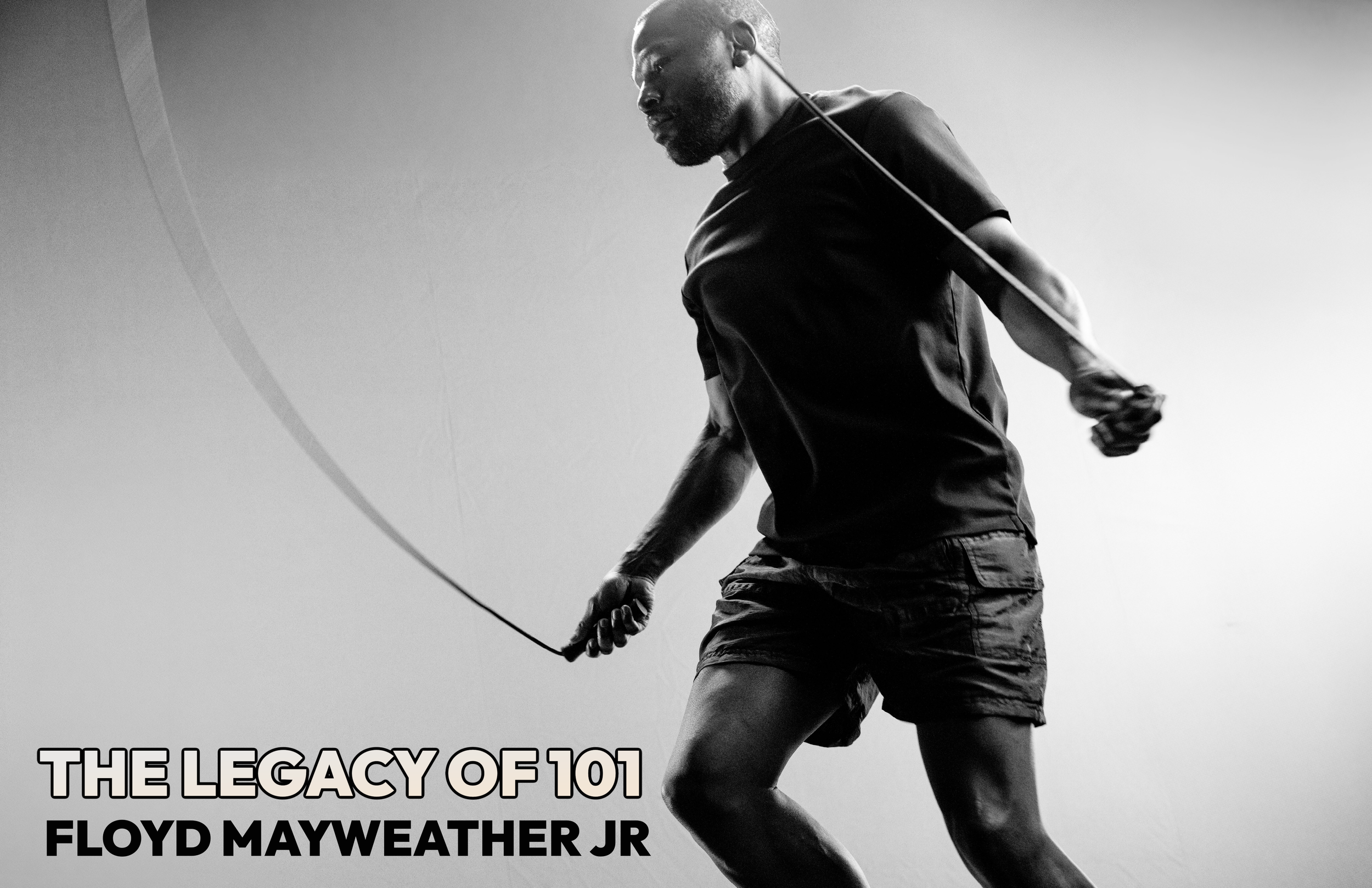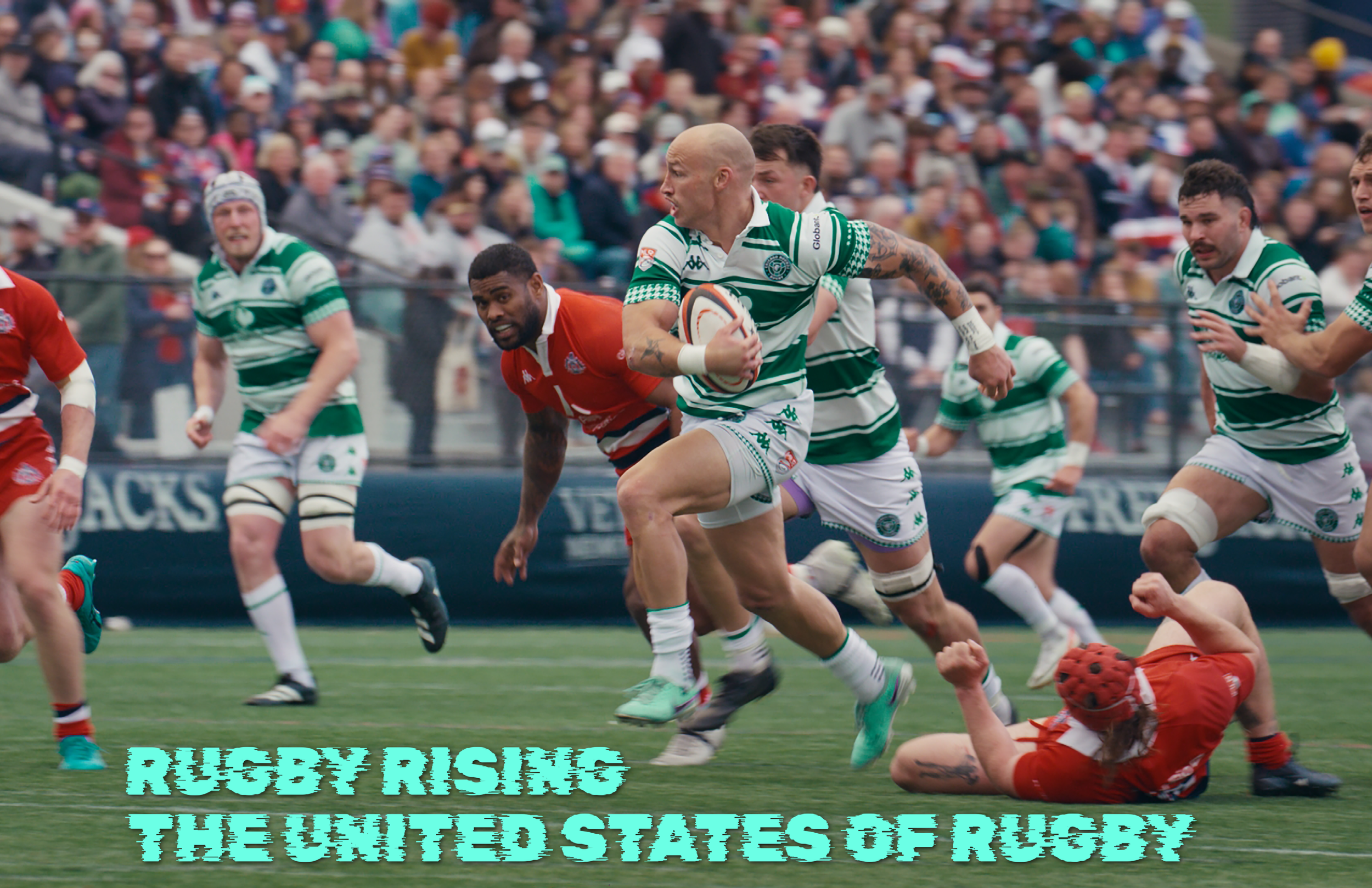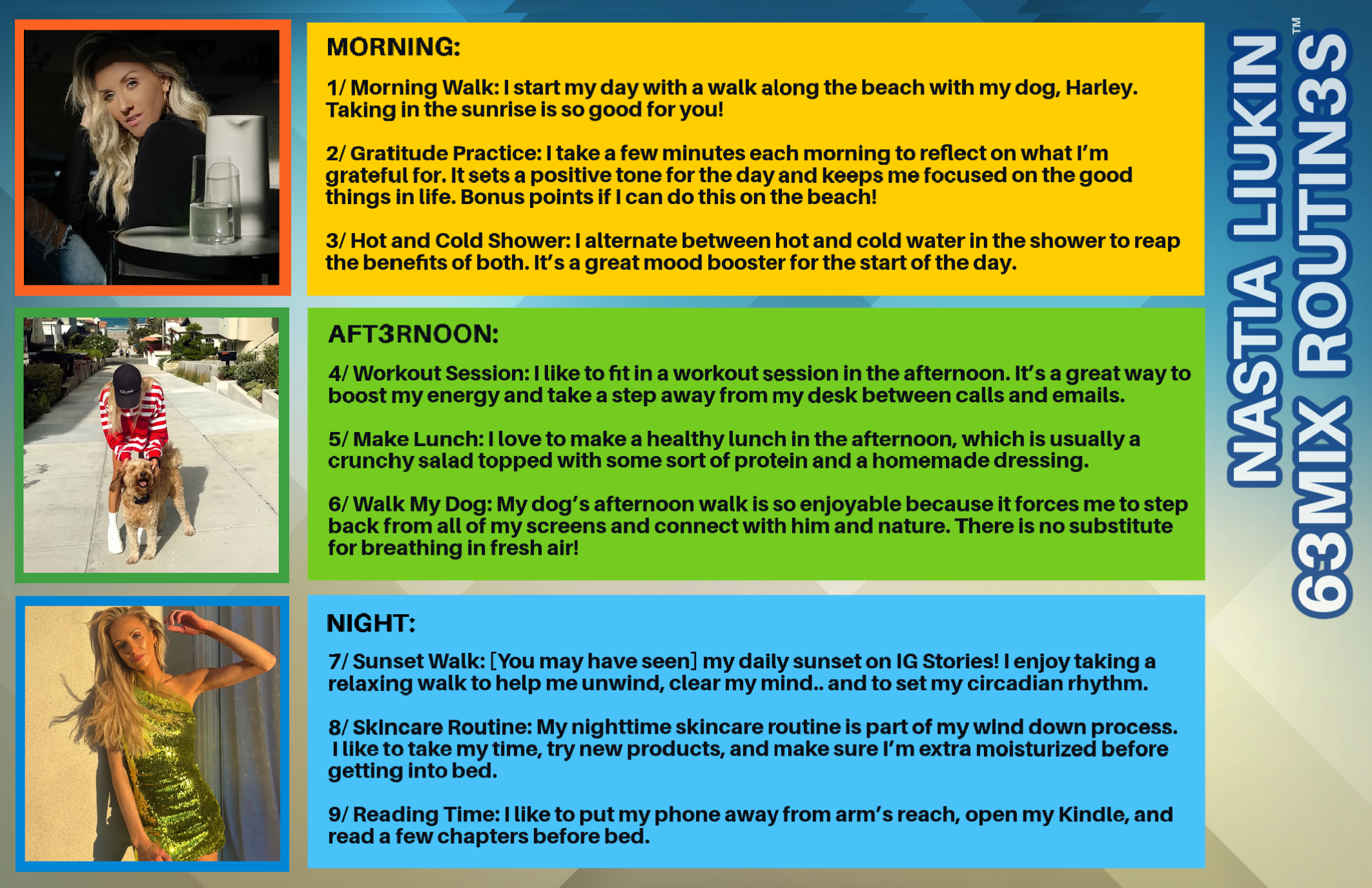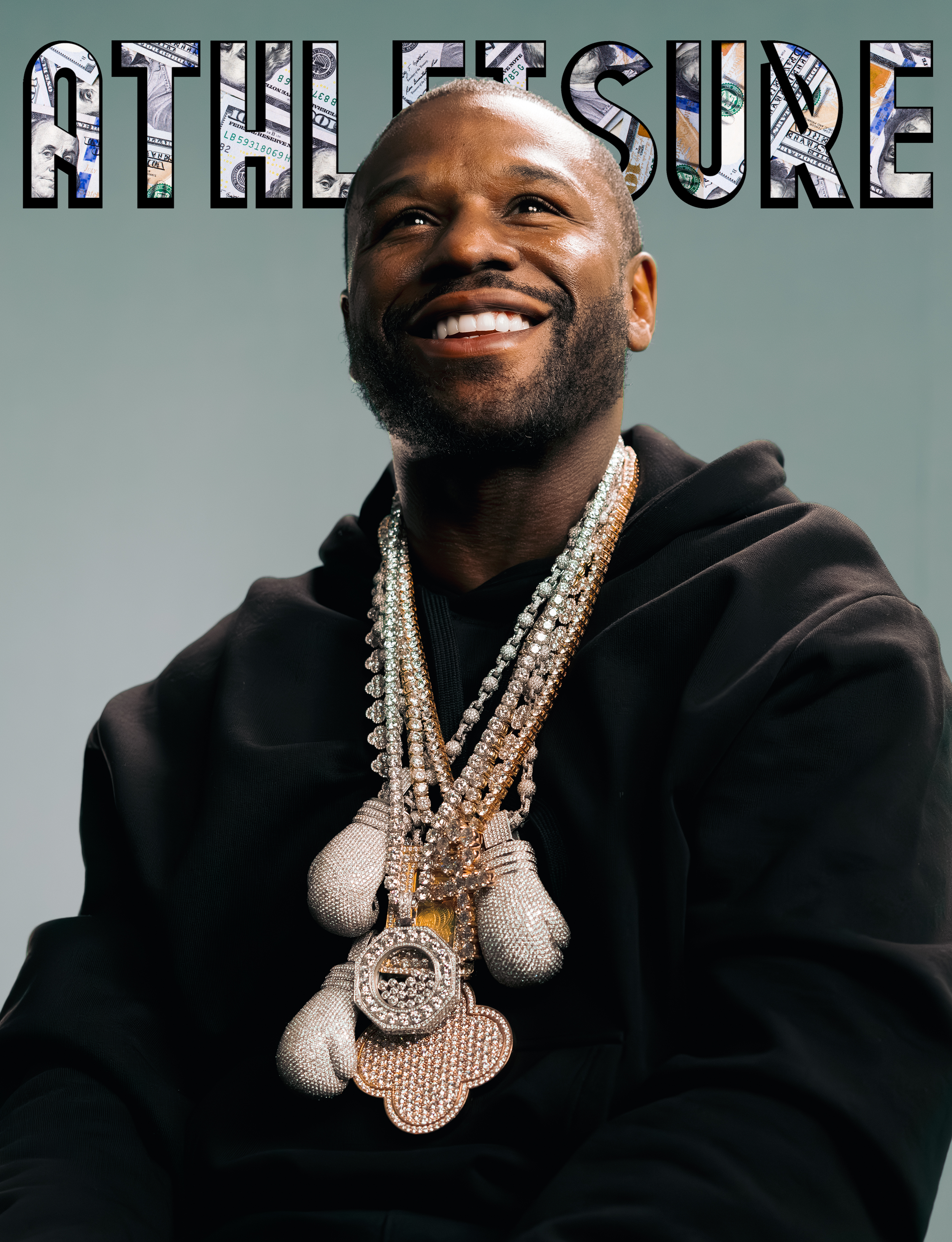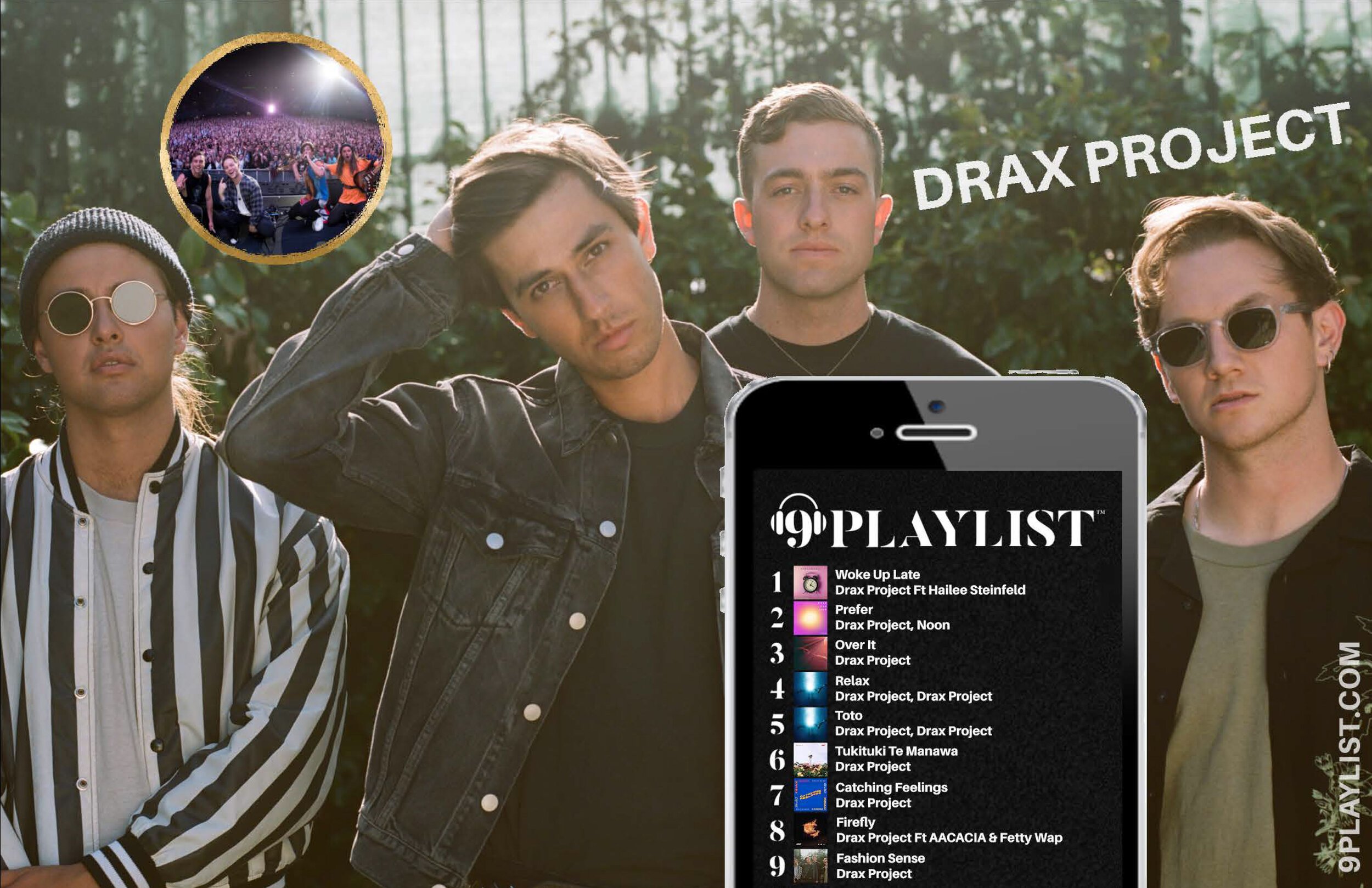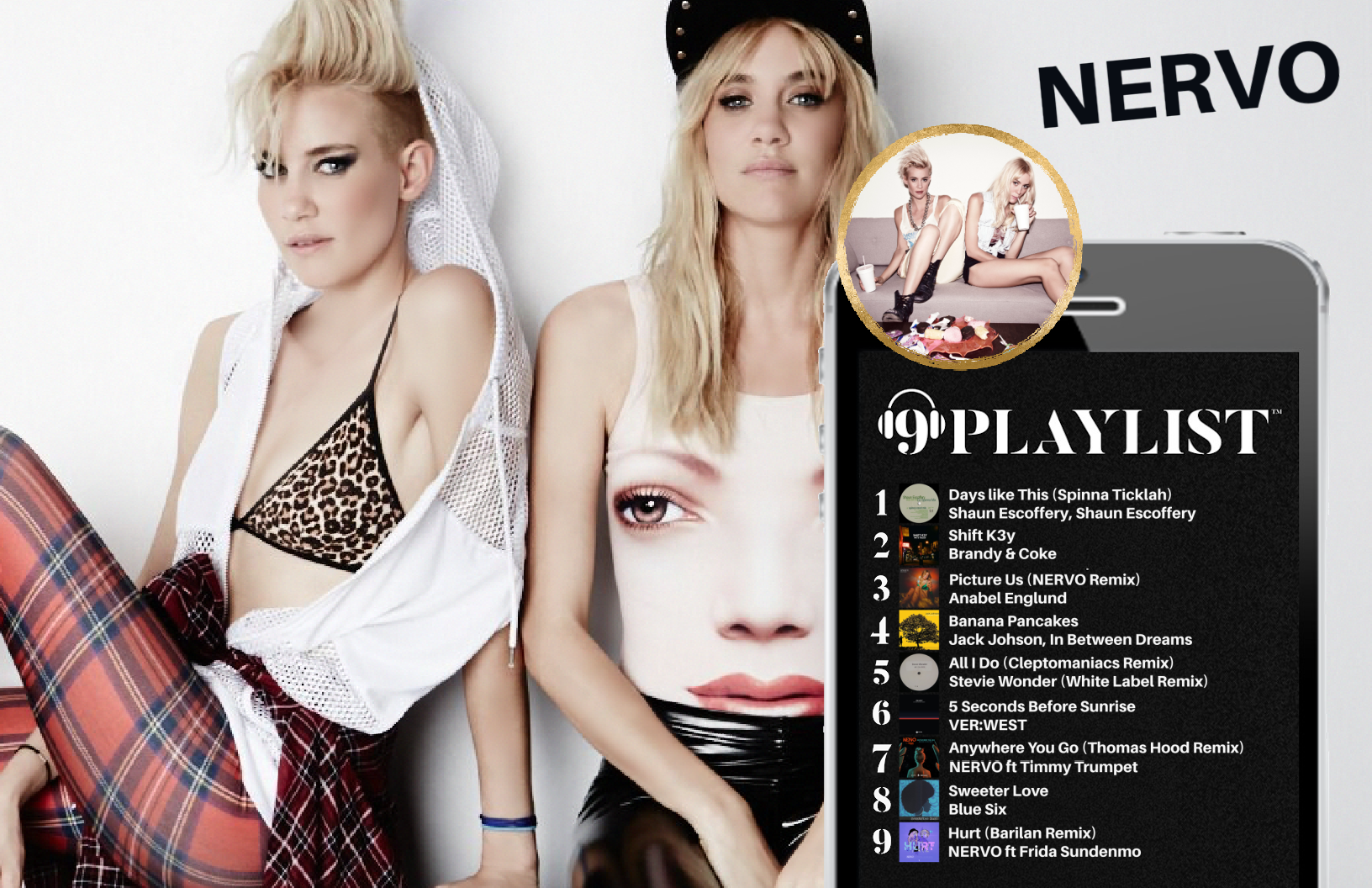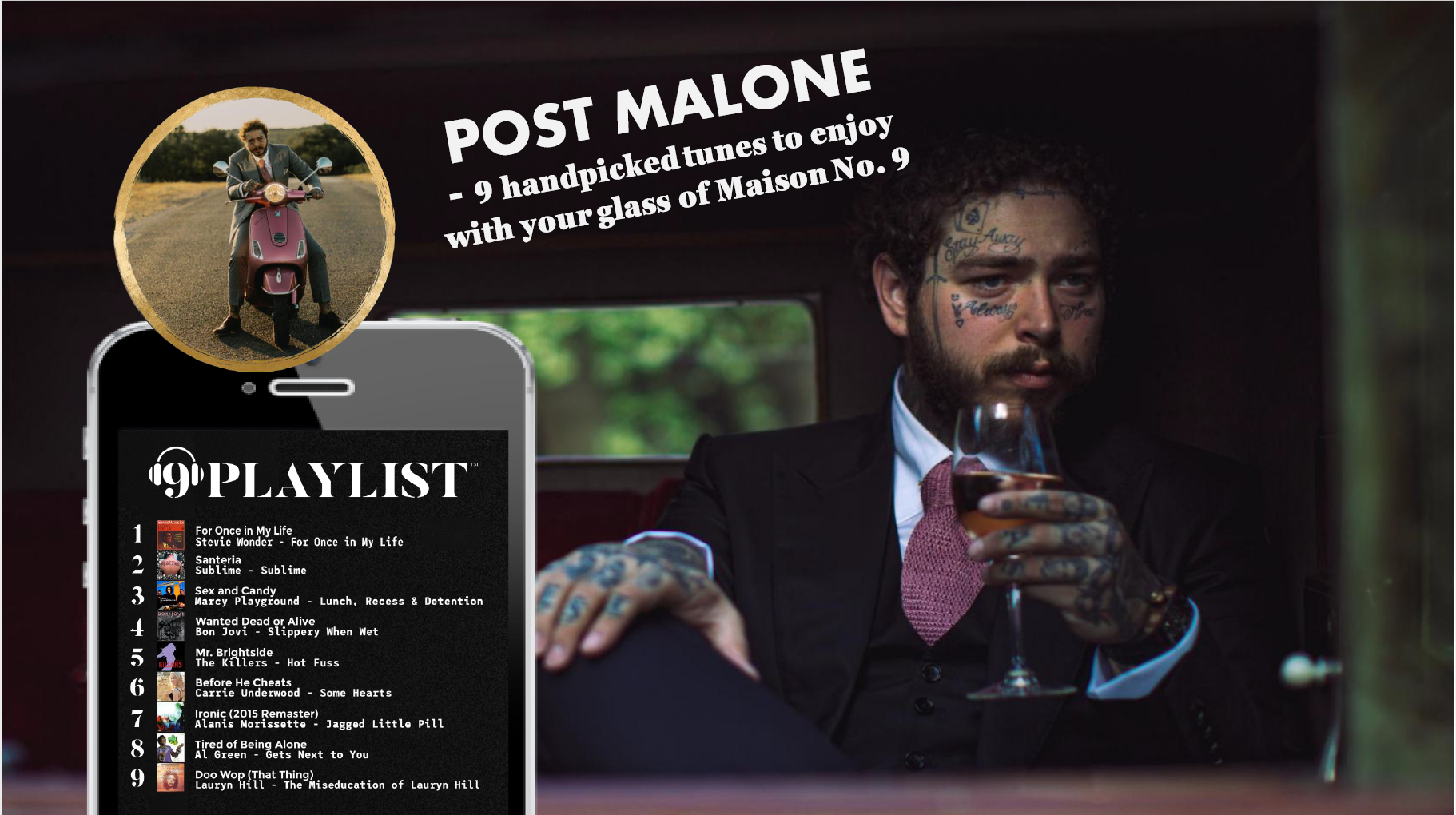AM: Do you have go-to movements or signature movements that you do when you’re skateboarding?
HR: I do. I have a couple. My main trick that I’m kind of “known” for is called a Frontside Invert and it’s where you go front side up to the coping and you kind of plant your hand on the coping and you kind of do a one handed handstand while holding your board and then bring it back in. That’s one of my favorite tricks and I try to do that in every contest. It’s a super fun one!
AM: It looks awesome and you were in our 9PLAYLIST feature last month and we have that shot as the background of your playlist. That shot looks amazing and it’s impressive, but it must be so hard to be able to do that! Not for you obviously!
HR: It’s a lot of falling down and a lot of getting back up to learn it and to perfect it, you know?
AM: Exactly! What was the Olympic Trial process like and how many events did you have to do to qualify?
HR: The Olympic process was a cool experience, but also there are a lot of similarities and differences compared to contests that we’re used to! There’s a whole new thing with the point system and trying to get as many points as you can because it’s the Olympics and everybody wants to get to it. There are only 3 spots for Team USA, you know? So, we had 3 main events in 2019 and then we had 2 more in 2020 until the postponement and then we had another 2 this year. In 2019, at the first event, I was able to make finals but got 6th place, the next 2 were a Pro Tour event and then the World Championships and I was lucky enough to make the runs that I needed and win those 2 events which really boosted my score a lot leading into 2020 and 2021. Unfortunately, the most recent 2 events, I battled a knee injury and had to pull out of those events, but luckily for me, I had enough points to stay in the top spot and make it to the Games.
AM: Which is amazing! Once again thinking back to growing up seeing our friends skateboard back in the 80’s and 90’s, we couldn’t have imagined that it would be a sport at the Summer Games! How important do you think that this is for the visibility of the sport and then you being a part of the debut of that?
HR: Honestly, just hearing you ask me that question just gave me the chills you know what I mean? The shivers went through my spine because it’s such an amazing thing. First, it’s amazing for the sport to be at the Olympics and I have always thought that it deserved the recognition and that it should be considered a real sport to be at the Olympics. For me to be able to actually compete in the debut of the sport means the world to me. Skateboarding is my entire world. It’s all I’ve ever known and it’s all I ever do. It’s what I’m so passionate about and to be able to make history with skateboarding means so much to me and I’m so honored and blessed to be able to say that I will be in the debut of skateboarding for the Olympics.
AM: It’s so amazing and what are you looking forward to at the Games and what does your schedule look like leading up to heading to Tokyo?
HR: Oh my God – I mean I honestly don’t even know what to expect. I know that there are a lot of guidelines and stuff like that, but I’m really going to be there for the ride and the experience and kind of just making the memories of a lifetime out there!
Leading up to the Games, I am definitely training as much as I can without being injured. I’m just trying to keep my mind and my body healthy. I’m trying to keep my legs warm and I know that there are tricks that I want to be able to do before the Games so I’m honing in on those and not trying to get too crazy learning anything more before the Games. I have my tricks that I want to do and my lines that I want to run and pretty much, just trying to stay healthy and reviewing the park layout and getting ready!
AM: For Olympic Skateboarding, the events are broken out between street style and park style. Can you share the difference between these events?
HR: Of course. When you talk about street skating, automatically you think about the street. You’re skating on the street, but it has a lot to do with what you see around town. Street skaters will be skating stairs, handrails and jumping off of things like that. In park skating, you’re going to see more of ramp style where you see quarter pipes, half pipes, coping and long grinds and it will be really fast and high airs.
AM: In looking at competing in park, can you break down from an Olympic standpoint – how do you accrue points, what are judges looking for? So when we’re cheering you on, we can understand how you’re being scored?
HR: When you’re skating in park, one of the coolest things about park and skateboarding in general is the creativity aspect behind it. So, a lot of the judges are looking for the speed that you’re going at and how fast you’re going, how many tricks they can pull together in their 45 second run, how high their airs are and stuff like that. But it also goes into the creativity aspect. If you’re watching a skate contest, you will never see someone do the same run as another skater. That is the coolest thing because it brings the individuality out of the sport. A lot of the judges are looking for high airs, long grinds, going fast, how many difficult tricks you can pull without falling and the creative aspect of how unique your line was with all the tricks and which ones went back-to-back.
AM: For the Olympics, you have a designated uniform that you have to wear, but do you also have a specific board or shoes that you wear or are you able to choose your own for that?
HR: So yeah, we have the Olympic designed uniforms that we wear, but shoes, boards and helmet go under equipment. So, we can bring our own stuff in for those. I’ll have my The Heart Supply skateboard, I’ll be wearing my Axion Slip On shoes. They’re my favorite shoes and super comfortable – I love them. Also, my helmet will be a black S1 Helmets.
AM: I know that you’re partnered with KT Tape and our readers and followers know the brand and have seen them on athletes such as those in swimming and volleyball and how they use it. How is it beneficial for you when using it in skateboarding and why did you feel that it was a synergistic partnership for you to be aligned with their brand?
HR: In skateboarding and specifically with me, I don’t like to have any restrictions especially with braces and things like that. So, if I hurt my ankle, my knee or my wrist, I don’t want to have this brace that restricts my movement too much and gets in my way with this big bulky brace on my knee. So when I partnered up with KT Tape, they taught me how to tape up my knee, ankle or anything else, it really helped to hold my knee or ankle in place without having to deal with the restrictions of a bulky brace. It was really cool to experience that and to learn how to use the tape. They have a bunch of different stuff. I use the KT Recovery+ Wave that’s this electromagnetic pain relief thing. So if my shoulder is super sore after a long skate session, I’ll tape that thing onto my shoulder and I won’t feel it at all but the next morning I’ll wake up and say, “wow, that really helped a lot!” They also have KT Recovery+ Pain Relief Gel Roll-On and stuff like that. They have a lot of different products that help progress my skateboarding a lot.
